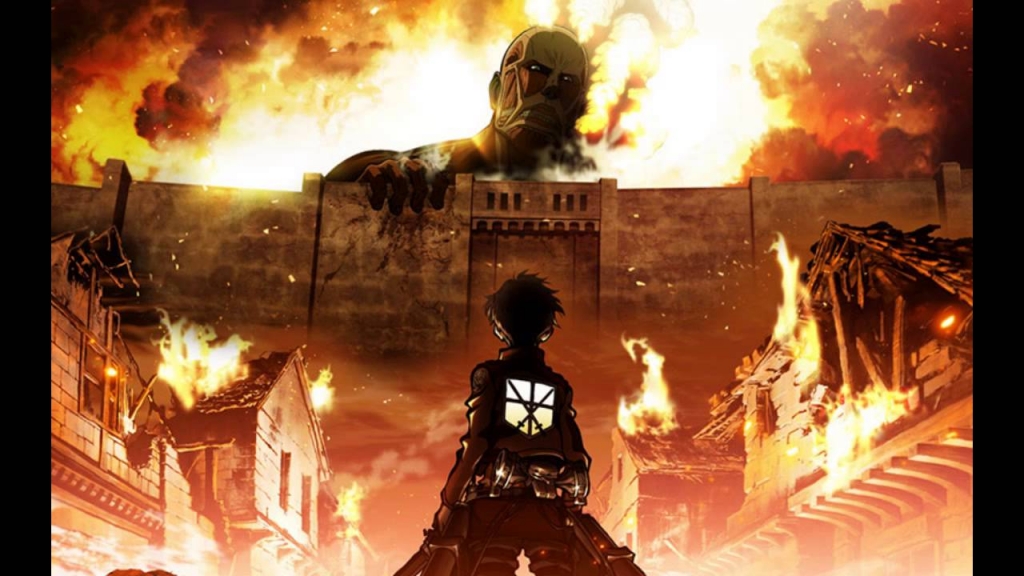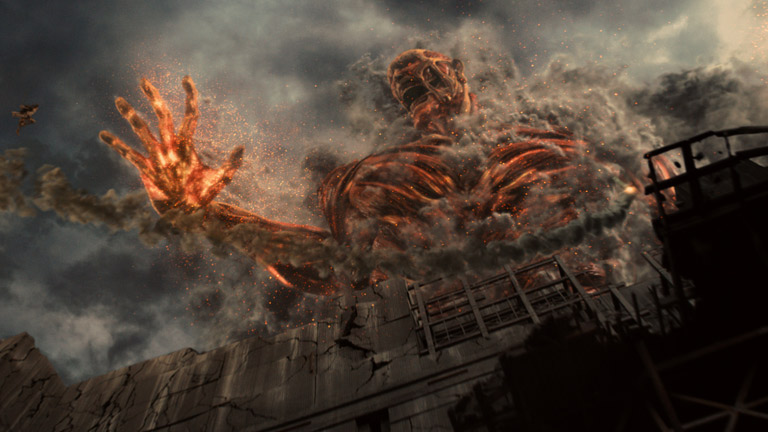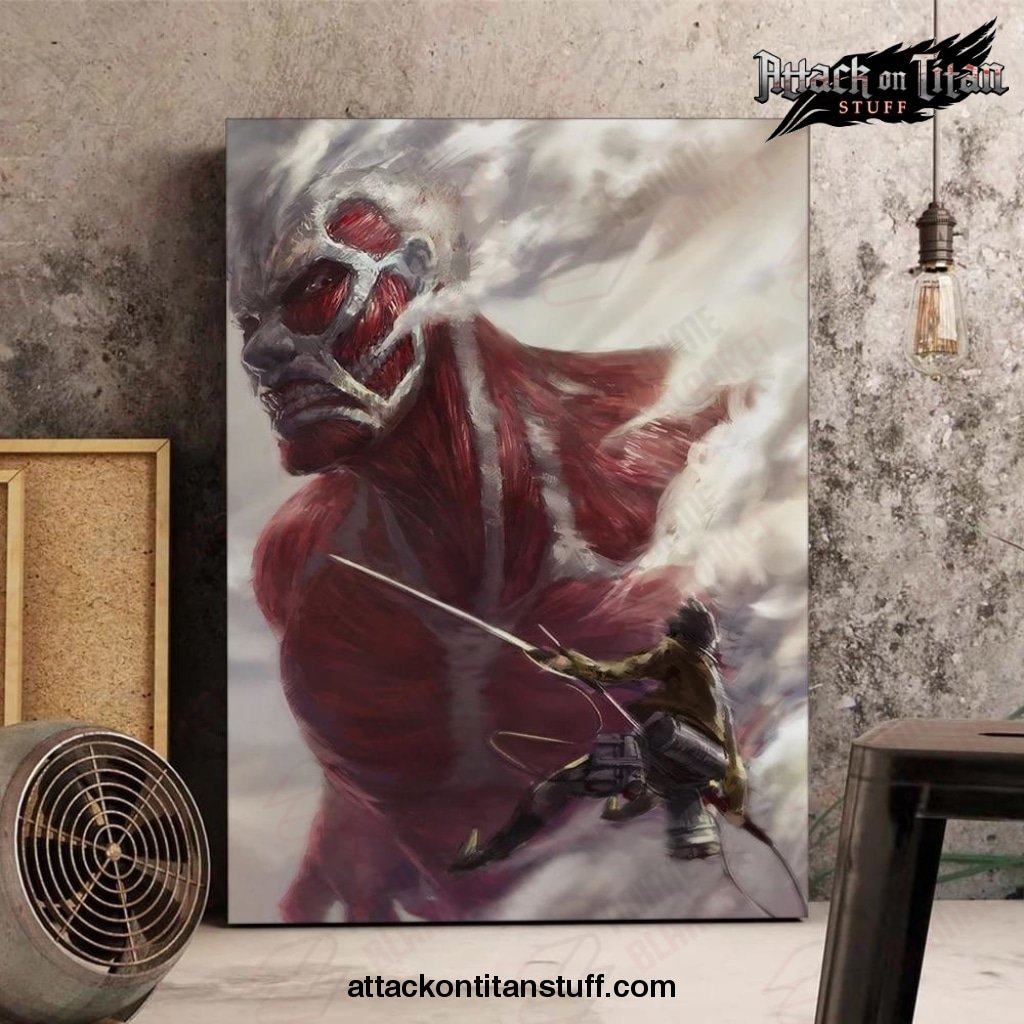
In the 500 years since European exploration first brought the continents into continuous contact, the rise of every major world power has required one thing above all: dominance over Eurasia, now home to 70 percent of the world’s population and productivity. Mackinder later boiled his thinking down to a memorable maxim: “Who rules the Heartland commands the World-Island Who rules the World-Island commands the World.”Īpply Mackinder’s principles to the old Cold War and you can indeed see an underlying geopolitics that lends coherence to an otherwise disparate conflict spread across four decades and five continents.

At the high tide of the British Empire in 1904, English geographer Halford Mackinder published an influential article arguing that Europe, Asia, and Africa weren’t, in fact, three separate continents but a unitary landmass he dubbed “the World-Island,” whose strategic pivot lay in the “heartland” of central Eurasia. As I explain in my recent book To Govern the Globe, this is essentially a method for the management of empire. This effort has, in turn, sparked an artillery duel now fast approaching the sort of strategic stalemate not seen since the Korean War (a conflict that remains unresolved nearly 70 years later).īeneath such surface similarities between the two eras, however, lies a crucial if elusive difference: geopolitics. Just as the Soviet Union once armed North Vietnam with surface-to-air missiles and tanks to bloody the US military, so Washington now began supplying Kyiv with high-tech weaponry to damage the Russian army.Īs Ukrainian defenders armed with US- and NATO-supplied shoulder-fired missiles destroyed 2,500 of its armored vehicles, Russia would be forced to pull back from its bid to capture the Ukrainian capital and shift to a months-long slog to seize the Russian-speaking Donbas region near its own border. In a clear parallel to the old Cold War, nuclear weapons are far too dangerous for a direct superpower conflict to break out, so the United States and its NATO allies chose surrogate warfare in Ukraine.

Soon after, the Russian president would invade Ukraine, while ominously putting his nuclear forces on high alert, a warning to the West not to meddle in his war. Putin Launches a Sequel to the Cold War.” The Wall Street Journal seconded that view, concluding that recent “developments reflect a new cold war that Xi Jinping and Vladimir Putin have initiated against the West.” Soon, Russian President Vladimir Putin would join China’s Xi Jinping in Beijing, where they would demand that the West “abandon the ideologized approaches of the Cold War” by curtailing both NATO’s expansion into Eastern Europe and similar security pacts in the Pacific.Īs Russia’s invasion of Ukraine loomed in late February, The New York Times reported that Putin was trying “to revise the outcome of the original Cold War, even if it is at the cost of deepening a new one.” And days later, as Russian tanks began entering Ukraine, the Times published an editorial headlined, “Mr.

Writing in the December 2021 Foreign Affairs, a group of famously disputatious diplomatic historians agreed on one thing: “Today, China and the United States are locked in what can only be called a new cold war.” Just weeks later, the present mimed the past in ways that went well beyond even that pessimistic assessment as Russia began massing 190,000 troops on the border of Ukraine.


 0 kommentar(er)
0 kommentar(er)
